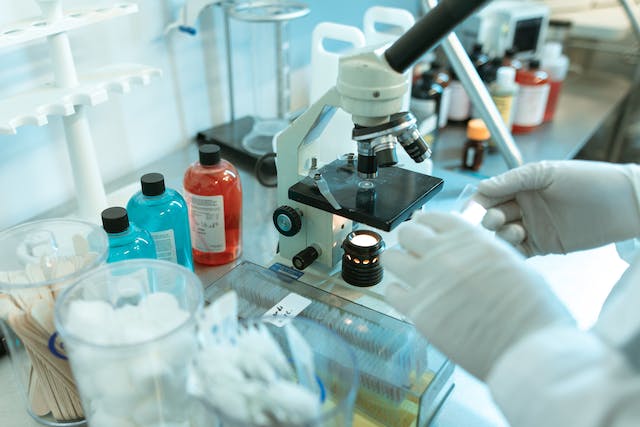Nowadays millions of people worldwide are suffering from more than 6000 rare diseases without having the possibility to access a proper approved treatment. Considering that these diseases are genetic in their origin, clinical specialists use gene-based medicines to fight them without curing their symptoms instead. To help patients keep their health stable and mitigate orphan diseases affecting their well-being, today’s genetic medicine is trying to engineer specialized programs for the treatment for rare diseases.
They’re intended to be related to advanced drug development and nanotechnology implementation to provide people with rare diseases with effective therapies. Such an advanced treatment involves:
- RNAi (ribonucleic acid interference) mechanism to silence genes that cause a particular disease.
- mRNA therapy (messenger ribonucleic acid) that won’t inhibit a patient’s immune system, but interact with the diseased cells only.
- Genome editing technology with the help of CRISPR Cas9 (Clustered Regularly Interspaced Short Palindromic Repeats) enables the correction of improper gene sequences to treat inherited rare diseases.
For instance, the mRNA approach is already used to treat genetic lung disease. This therapy involves using small lipid-based nanoparticles (LNPs) that should be inserted into the diseased tissues or cells in the body. So, it’s possible to minimize harmful impacts on healthy cells, organs, and the immune system in general.
New treatment methods gained positive approval from biotechnology engineers from Harvard Medical School and the University of Massachusetts, confirming that LNPs can execute gene editing in the immune system by bypassing the blood-brain barrier to activate the influence of these nanomedicines directly to the targeted cells.
Rare diseases present a crucial healthcare challenge for society and medical experts since these illnesses are life-threatening, and affect a minority of the population, in most cases, it can be detected in early childhood. Moreover, some of them can’t be detected at the early stages. Another problem is the absence of sufficient knowledge among people and the lack of professional research and clinical expertise to share approved information about treatment for rare diseases.
Besides such wide-spread orphan diseases as cystic fibrosis, Fabry disease, lipoprotein lipase deficiency, osteopetrosis, spinal muscular atrophy, etc, there’re also chronic diseases, i.e. atherosclerosis that requires efficient approaches for their treatment. Even some non-invasive therapies can be applied for getting good results.
Generally, atherosclerosis treatment requires at least minimal surgical intervention, although to avoid post-surgical complications, ultrasonic wave therapy was conducted to treat foam cells to stop plaque build-up. This treatment includes the isolation of RNA and lipoproteins from plasma, and the synthesis of cDNA to define mRNA levels of cholesterol transport and expression of cells causing inflammation.
There’s another way of non-invasive delivery of nanomedicines to deal with atherosclerosis that involves using statins to control low-density lipoprotein (LDL) to gain plaque “burning”. Also, scientists developed another non-invasive therapy that targets vessels with peptide-based nanofibers which are effective in removing cholesterol deposits in arteries. This method uses intravenous injections and already has positive results showing the dissolving of cholesterol with the help of laboratory-engineered nanofibers with amino acids. So, this therapy has success in targeting plaques in the vessels for several weeks.
That’s why the development of nanotechnology, in particular, nanomedicines to treat orphan diseases and advanced therapies to mitigate the influence of the inherited severe conditions should become a major task for the medical industry for now.
